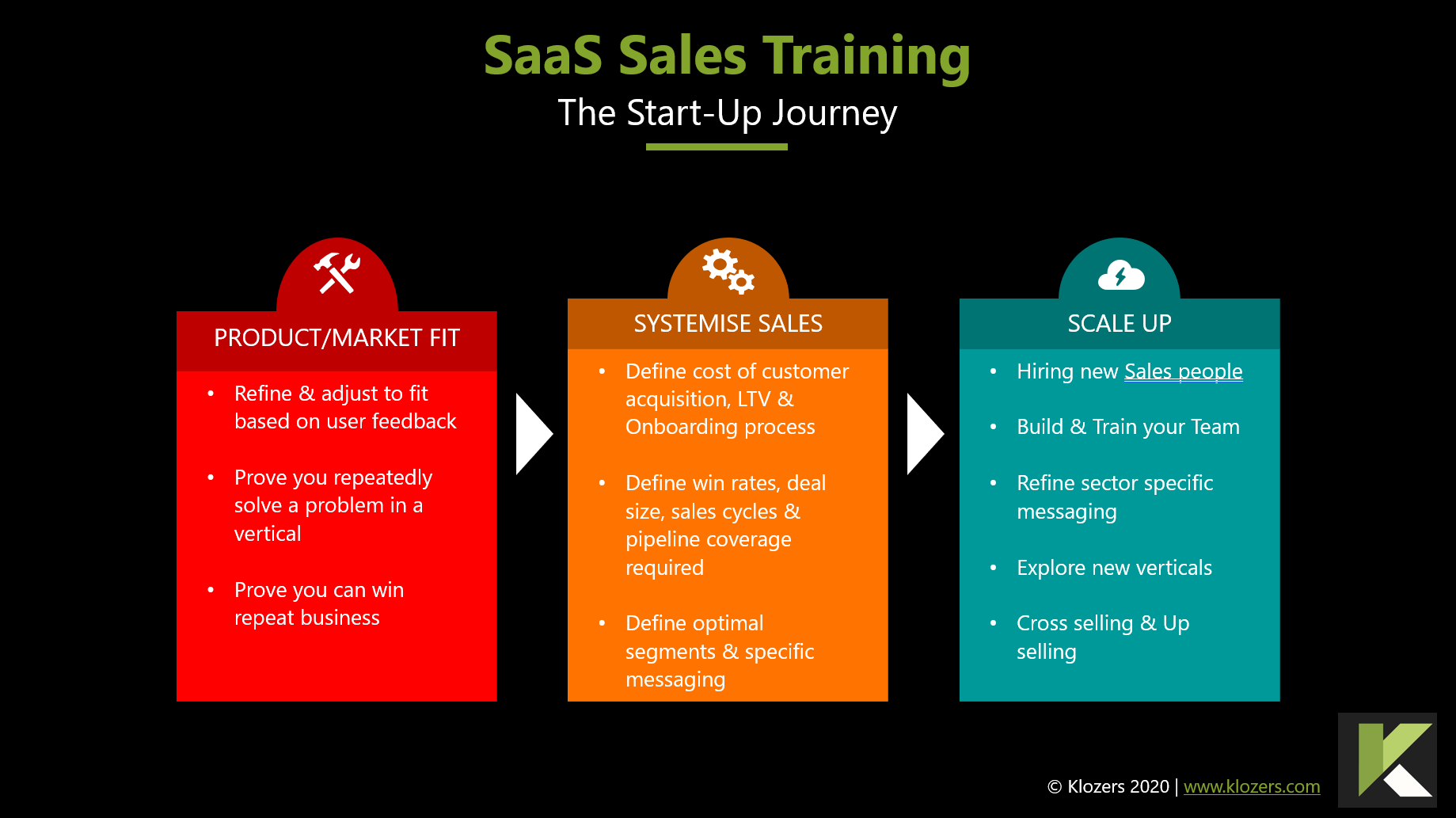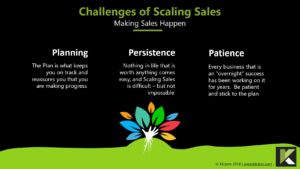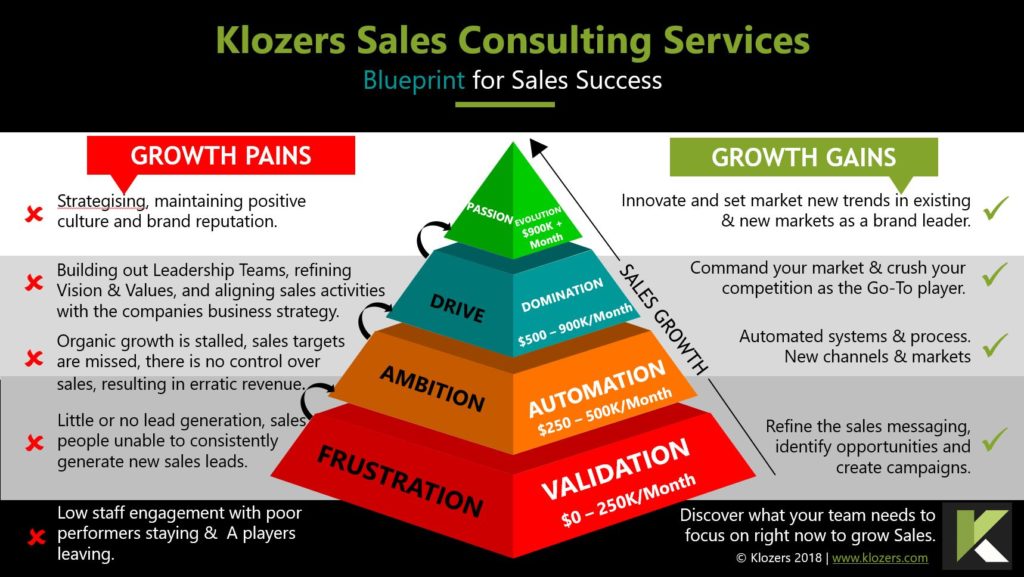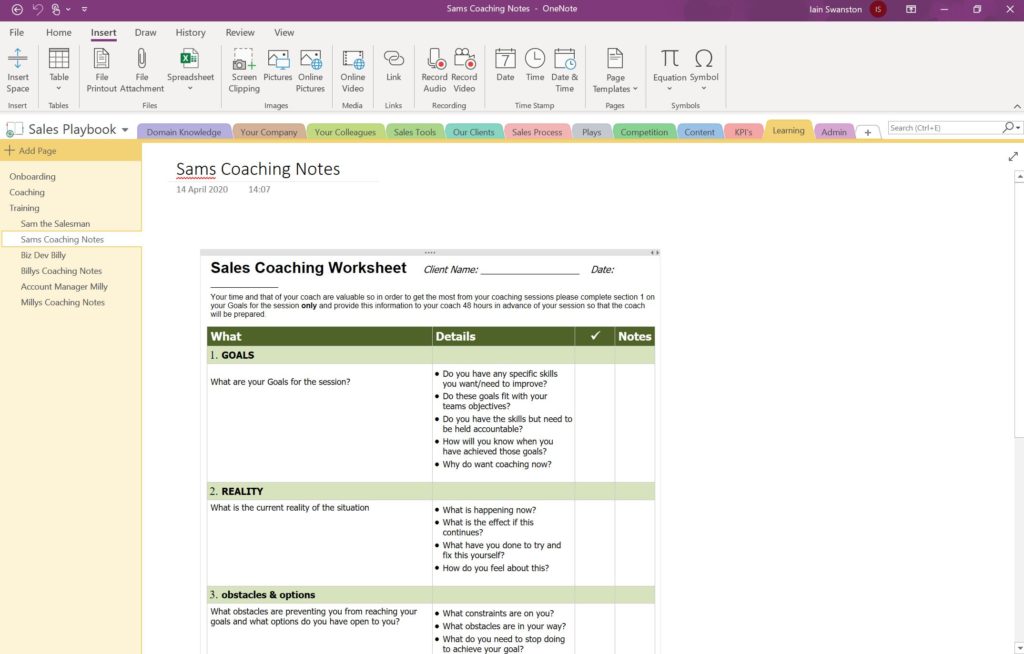Selling Information Technology Services | Everything you need to Know
Top question from Google - How to sell IT Services
How to sell IT services?
Selling it support services is very similar to selling other intangible services.
- Build your brand and make it as attractive as possible
- Develop a detailed ideal client profile and create a niche for yourself
- Link your intangible services to tangible deliverables that are important to your customer
- Lear as much about your products and services as possible and how they impact your customers
- Develop your relationship building skills and your emotional intelligence
As a business owner selling technology, managed services or custom development client satisfaction plays a key role in your long term success. Clients expect Rolls Royce service at competitive prices as competition in the technology industry is fierce.
1. Building your brand
As you would expect building a Brand in a competitive market like IT is not an overnight job. There are however, many companies who have successfully entered the market and gained rapid market share by being more agile than existing brands.
For example, the introduction of Microsoft Office 365 allowed new players to enter the Microsoft Channel while the existing partners continued to focus on Small Business Server sales.
New companies specialising in Cloud services and SaaS have disrupted the market by starting off with very niche services and expanding out as they grew.
In our experience the best way to build a brand is to first focus on your Inbound Sales Channel which inevitably will raise your awareness in the market and start to generate inbound sales leads.
For more information on developing your Inbound Sales Channel or any of our other consulting services please get in touch with one of our coaches via the contact us page.
2. Ideal Client Profile – who are you selling to?
Success in selling technology will require in depth research and creating your ideal client profile. This is something that most companies either forget or fail to see the importance of. The result is – if you’re trying to sell to everybody, you will end up selling to nobody”.
Taking time to thoroughly research your target market and identify the business pains they have that you intent to help them solve is one of the most important parts when selling information technology services.
At Klozers we use both an Ideal Client Profile which is focussed on the types of companies we sell to and a Perfect Prospect Profile which is targeted at the individuals within the ideal client profile that we sell to.
You can access the template below and many more via the SaaS Sales Playbook contained within our Resources section.

3. Your Value Proposition – what makes you different?
The reality is that many IT service companies appear the same – one Microsoft Partner can look the same as many others. Yes, it’s possible to differentiate with the area within the Microsoft stack that you focus on, such as SharePoint or Teams, however, what makes you different to all the other Partners focussing on those same technologies.
How you differentiate your value proposition is key because, unless you get this right, you will be seen as a “me too” player which means that you will end up competing on price. The best way to discover how you differentiate your business is to research both your target audience and your competition and find the gaps.
Initially these gaps may seem too small to build an empire, however, they are there as starting points as your brand will evolve over the years.
In addition to your differentiation you should also ensure that you have a strategy to make your entire team Subject Matter Experts.
Your company and your people should be seen as Thought Leaders and be the first to market talking about new products, services and trends. You don’t even have to deliver these new services, just talking about them puts your personal and company brand out there.
4. The Complex Sale
It’s important when selling technology services to remember, in nearly every case there will be multiple people in your customers decision making unit.
Studies show that most technology sales fall into the category of the Complex Sale meaning they will have anything between 14 and 23 potential people involved with 80% of them having senior roles.
The addition of extra decision makers elongate the sales cycle and further complicates the sales process. Many of the decision makers will be in different departments and often have competing priorities.
For example, when looking for Marketing Automation software the marketing department will typically want what they perceive to be the best marketing solution.
The decision makers from sales may want an automation platform that integrates with their existing CRM system.
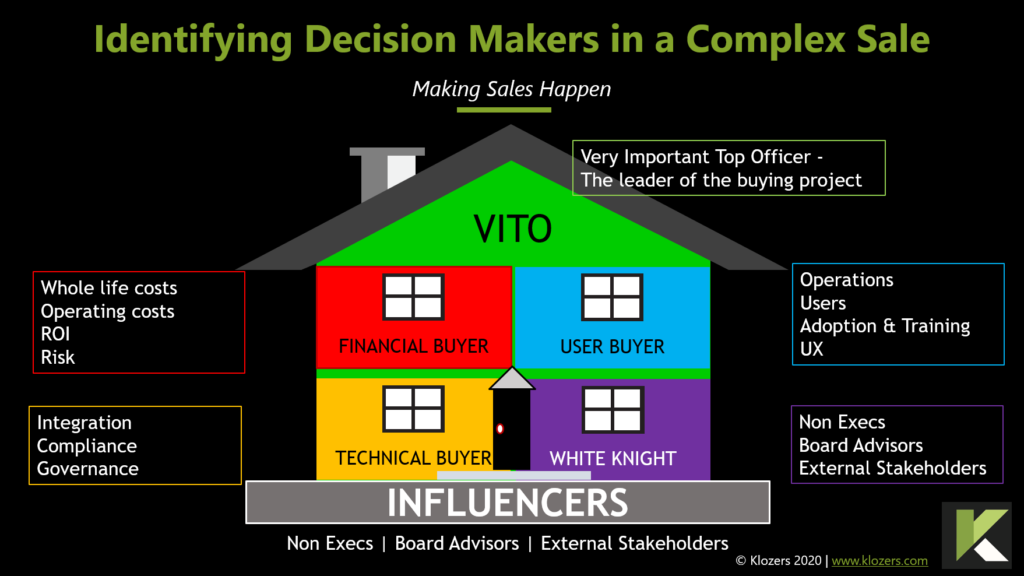
5. Stages of the Sales Process
As with any complex sale it’s important to have a strong sales process that both your team can follow and works for your customers.
Nearly every organisation has their own unique sales process, however, it’s worth noting, any process is only as good as those implementing it and detail and consistency are king.
If you are selling to large enterprise organisations it’s important to understand these companies will not change their buying process to match your sales process. The vendor needs to first understand what the Enterprise Buying process is and then align their internal process with this.
Whilst having a sales process is important, what’s equally important in our experience is understanding:
- What “qualifies” a prospect to move from one stage to the next?
- What soft skills do I need to move a prospect from one stage to the next?
My first experience of this was with the 10 stage Microsoft Solution Selling Process (MSSP). This was not necessarily a bad sales process but little thought had been given at the time as to how you could move prospects through the process.
Microsoft have since invested heavily in their whole sales process and sales enablement and have some of the best training and support available.
6. Selling a product vs selling a service
Before the advent of the cloud and SaaS solutions, IT was predominantly a product sale. “Shifting boxes” and “selling tin” were common phrases among IT Sales Professionals. Selling servers and IT hardware were predominantly products, and the solutions were mostly the mixing and configuration of the different types of hardware with some custom development software thrown in for good measure.
SaaS has changed this forever as fewer and fewer companies have on premise hardware or software. With everything now hosted in the cloud, many companies now only have Laptops, a printer and a modem on premise.
This move from what was largely a transactional and tangible sale of a product, to a more solution orientated, intangible sale, has proven difficult for many sales professionals as one is
Most people find selling a product much easier than selling a service because your prospects get to see, touch and experience a product. Human beings communicate through our five senses and these are extremely important in selling. Next time you’re walking past a coffee shop or your local bakers I’m sure the aromas will be trying to entice you in the door.
Car salespeople love getting potential buyers to sit inside a new car as the small of the new car, the feeling of the leather seats and comfort of sitting down creates a desirable experience for most of us.
Compare these scenarios with Insurance or Pensions or cloud based technology solutions where the five senses are rarely engaged by the “product”.
7. Technology Sales Models
When it comes to Technology Sales Models there are many different models to choose from:
SPIN Selling developed by Neil Rackham in the late 80’s focussed on S – situation, P – problem, I – implication and N – need or payoff. This is still hugely popular, however, some people believe this SPIN is much better suited to simple transactional sales with few buyers, rather than the complex technology sales of todays market.
Solution Selling as the name says focusses on selling a solution rather than a product and is widely used among technology sales professionals. Solution Selling involves much more time in the early stages of the sales uncovering the prospects needs and pain points and uncovering the underlying problems that are causing the pain. Furthermore, solution selling is better suited to selling technology services as it also helps uncover different decision makers and stakeholders within the business.
Consultative Sales Methodology is very similar to Solution Selling, however, where Solution Selling is based around selling a technology Consultative Selling is more focussed on the pre-sales consulting stage and building relationships through empathy.
Whilst choosing the right sales methodology is important these are all things that can be learned. What’s more important, are the values and work ethics of your team.

8. Selling Software as a Service (SaaS)
SaaS Sales Campaign in a BoxTraditionally software was sold as an on premise solution and was often customised to the individual company’s requirements. The advent of SaaS has changed this dramatically and reduced the amount of custom software development undertaken in house.
The Custom Development of software was expensive, time consuming and in some cases took so long that the original requirement had either changed or was no longer required by the time the software had been built and deployed.
SaaS software is essentially a switch on and switch off service allowing greater flexibility with the added benefit of lower entry costs as the software or platform is being resold multiple times. No more high up from capital costs with SaaS providing the perfect Op Ex solution.
Selling SaaS solutions are different to selling technology services. Whereby most SaaS sales are focussed on the software, features and benefits and demos these things are sometimes never touched on when selling managed services.
SaaS companies also have a slightly different methodology with most using MEDDIC or even CHAMP.
MEDDIC is probably the best known SaaS sales process with M standing for Metrics, E standing for the economic buyer, D stands for Decision making criteria as in why choose you. The next D stand for Decision making process, I stands for Identification of the pains and lastly C stands for Champion, who will help you sell internally.
CHAMP – is a simpler version with CH representing Challenges, A standing for Authority, M standing for Money and P standing for Priority.
9. Selling IT Managed Services
Managed Services or Managed IT Services are what we would describe as the Business as Usual IT services that a business needs to keep the doors open.
As a services business very large part of your market will be SME’s and you will be dealing with the Business Owner who may have little or no knowledge around technology.
As always when selling technology risk avoidance for these clients is key as they will need reassurance certain disaster scenarios are covered.
Whereas historically these would have included a lot of hardware sales the modern Managed Services contracts predominantly involve delivering services such as licensing, patch updates, remote monitoring, technical support and advice, deployment and possibly configuration of SaaS software.
The outsourced managed services model is particularly popular with Small Medium Enterprise (SMEs) organisations who typically are not large enough to have their own in house IT Department and therefore outsource the IT function in their business via a Managed Services contract.
The alternative to outsourced managed services is sometimes referred to as a break-fix contract where the customer is simply charged on a form of pay as you go.
Break-fix contracts now seem to be very rare as most services businesses prefer to sell the security of a Managed Services contract whereby the clients know the costs every month and can plan around this.
Many larger organisations will also outsource part of their IT function but often retain some specialist IT staff to manage the contracts and deal with specialist IT projects unique to their organisation.

10. IT Professional Services
Selling information technology services may involve what’s called IT Professional Services. These are typically intangible services based around:
- Fault Diagnosis and Problem Solving. Let’s pretend that you’re organisations IT system develops a fault and no one internally is capable of identifying the root cause of the problem an fixing it. You may choose to approach an external contractor who provide IT Professional Services and they will supply a specialist to find and fix the problem.
- Consulting. With technology moving so rapidly it’s almost impossible to keep up with everything. Your organisation may choose to hire an IT Professional Services firm to benchmark where you currently are from an IT perspective and then make recommendations based on your current and future requirements. Examples of this could be moving from On Premise to the Cloud or some form of Business Process Automation.
- Bespoke Solutions. Some organisations require completely bespoke solutions designed and built for them. This may require business analysts, project managers in addition to the technologists in order to achieve the outcomes the client desires.
Both Professional Services and Managed Service contracts are classed as Business to Business (B2B) Sales. Largely speaking, Professional Services sales tend to be to larger enterprise organisations, with Managed Services contracts more suited to SME and Mid Market companies who have a limited IT Department.
11. Turning your IT Product Knowledge into powerful sales questions
Product knowledge when selling technology services as you can imagine is hugely important, however, it’s not for the reasons you may be thinking.
Everyone has heard the saying “when you’re telling you’re not selling”. Modern selling regardless of which sales methodology you are using is based around intelligent questioning. The value of any sales professional is not in the information they give, but in the information the gather.
Technology sales people have previously earned a reputation of talking “bits and bytes” which left the non-technical buyers even more confused.
The most successful Technology Services reps now focus on selling business solutions that solve business problems. The technology in many cases is completely irrelevant to the user, its what the technology enables them to do that is important. Those are the reasons people will buy.
Product knowledge in any sale has only two benefits as follows:
- The product knowledge should be turned into powerful sales questions that make the prospect stop and think: “wow what a great question”, “wow, why didn’t I think of that”, “wow this sales rep has done this before”, “wow this sales rep really is a subject matter expert”, “wow I wished my sales reps were as good as this one”.
- The product knowledge should provide the self confidence the sales rep needs to go into any board room and not be intimidated or fearful. The product knowledge should allow the sales rep to say to themselves “this company may be great at abc but they need me because I am an expert in xyz. Without confidence in the boardroom sales people will be outmanoeuvred by both their competitors and savvy buyers.

12. CIO’s and other Buyers you need to target.
In many cases the CIO or Head of IT is at the very least involved in the decision making process when selling technology services if not the final decision maker. This has however, changed for line of business applications over the years, with the advent of SaaS or cloud-based software.
In some cases where companies have developed very specific SaaS solutions that will only be used within the one department the “Line of Business Head” would fulfil the role of the CIO.
For example, purchases of a SaaS solution such as Digital Signature software that will be used to allow the companys sales people to get contracts signed digitally would typically not involve the CIO.
It’s also worth noting that studies show 93% of B2B buyers will require a business case before they can make a decision. In general a Business Case usually means that something is going to require board approval which takes us back to the complex sale.
CIO’s are highly valuable buyers and they know this. With many being introverts they often keep a low profile on social media and are difficult to start relationships with.
With this in mind it’s important to be armed with research, data, insights and case studies to demonstrate the value.
As previously mentioned these clients expect and require in depth research before approaching them, a track record of successfully delivering services in their niche with a high level of client satisfaction.




